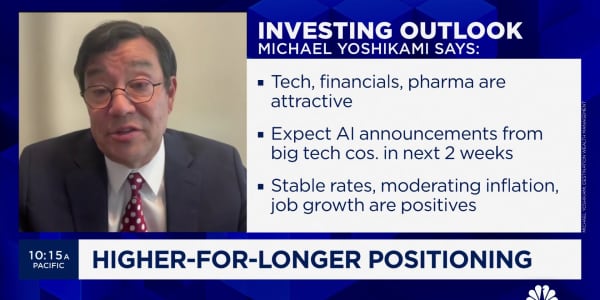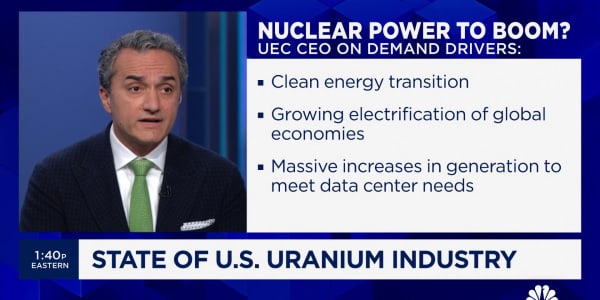Sometimes the thing that we need to fear most is the lack of fear itself.
It might seem odd to worry about complacency so soon after the financial crisis, the European crisis, the downgrade of the credit rating of the United States. But recently there's been a lot of worry that complacency is again a problem.
Perhaps it's crisis fatigue or maybe survivor bias—the assumption that because we survived the past crises, the next one won't be so bad either. Or maybe it's just the David Tepper effect—witnessing savvy or lucky investors accumulate stunning amounts of wealth betting against crises getting worse rather than being resolved. (Tepper runs Appaloosa Management.)
The danger is that when too many people assume that eventually everything will work out, the price of optimal outcomes rises far beyond anything justified by the actual risks involved. Risk becomes underpriced, and therefore less visible.
On Goldman Sachs' quarterly earnings call today, its chief financial officer Harvey Schwartz said that the recent budget battle had the salutary effect of reviving an awareness of "tail risk"—the danger of extreme market moves.

"One good thing about the crisis, is that it's made everyone focus on tail risk," Schwartz said. "The world and all of our clients are very respectful of tail risk."
(Read more: An ugly earnings beat for Goldman)
Of course, a bank like Goldman can make a lot of money off tail risk. In the first place, it can sell clients protection against tail risk. What's more, it can trade tail risk, buying it when it is cheap and selling it when it becomes more dear. So, you know, Vampire Squids and all that.
But there's definitely been a noticeable appreciation in tail risk hedging lately. I spoke with Jared Woodard of CondorOptions.com, who pointed to three indicators of increased market awareness of risk.
- On Oct. 7, the price of options on the reached the highest level in two years (VVIX index). Traders were paying outrageous premiums to own VIX upside, especially considering that the realized volatility of the was just 10 percent.
- Similarly, estimates of the skew in S&P 500 options spiked toward multi-year highs, indicating that traders were paying much more for put options (in implied volatility terms) than for corresponding upside calls. (Puts are on option to buy a security while calls are an option to sell.)
- There's been a steady rise in volume in VIX futures and related exchange-traded products like the exchange-traded note this year and especially over the last month. On some days, VXX options are second only to the SPDR S&P 500 ETF in terms of options volume, which is pretty amazing given the complexity of the product.
In many ways, the temporary resolution of the debt ceiling fight is a dream come true for an options seller.
It means that the tail risk hasn't happened but customers will continue to have to purchase protection. It's like a season in which hurricanes keep almost making landfall on the Gulf Coast but never quite hit.






